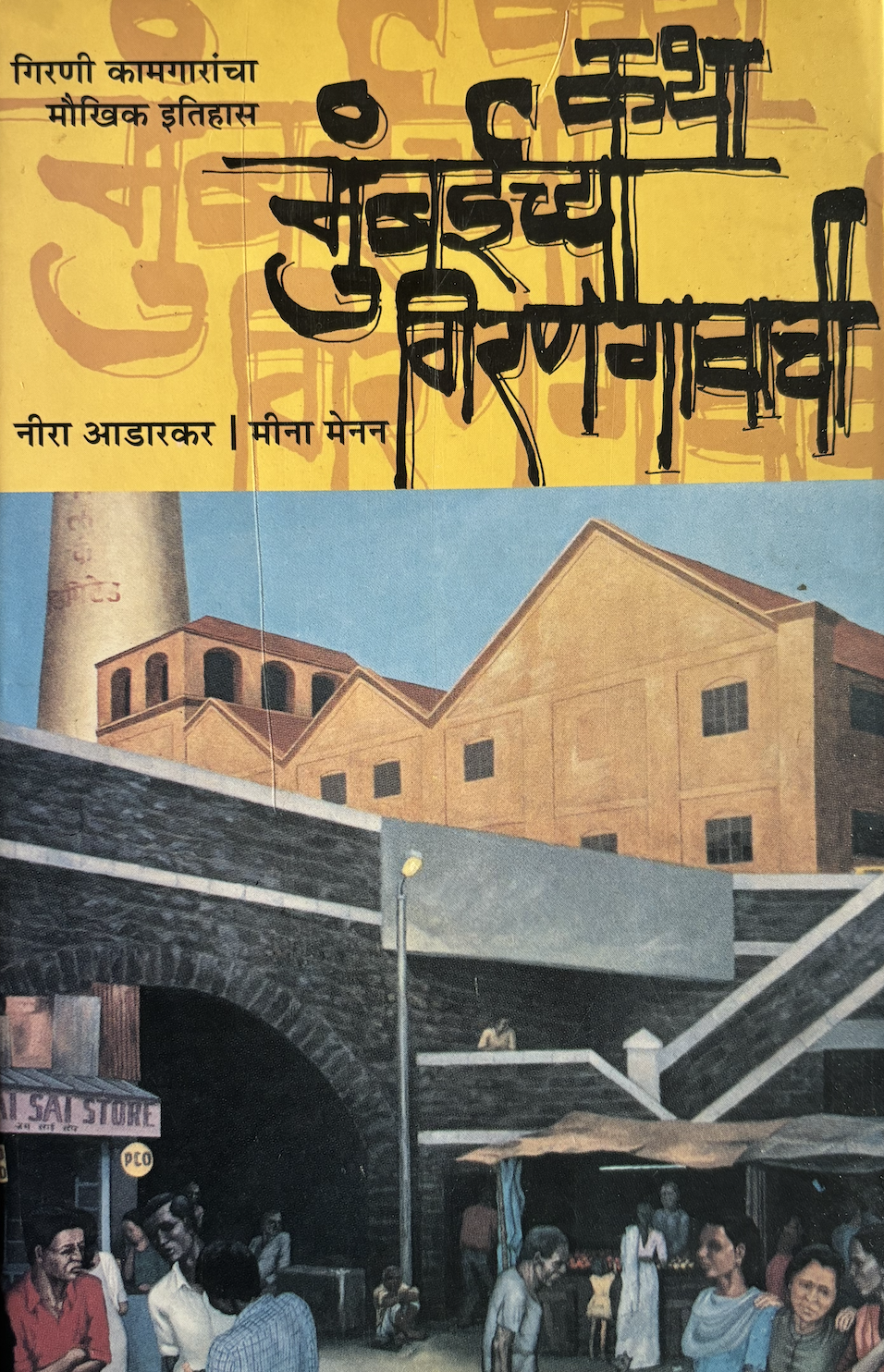Social Fabric
The exhibition Social Fabric focuses on the textile industry and its relation to capital, labour, colonialism, international trade and radical politics. It examines the social and economic role of textiles, particularly in India. It departs from works by artists Alice Creischer, about the circulation of global commodities, and Sudhir Patwardhan, who records the impact of the textile industry in Mumbai. Showing alongside are artists’ commissions, films, books, photographs, prints, audio recordings, ledgers, maps, and artifacts including a display of historical textiles. By juxtaposing these formats, the dimensions of the global and the local, political economy and subjective experience, emerge through a discussion of textile histories and textile politics.
The Apparatus for the Osmotic Compensation of the Pressure of Wealth during the Contemplation of Poverty (2005) is a large-scale mixed media installation by the artist Alice Creischer. It connects European colonisation by the Spanish and Portuguese of the Americas to the British in India, through funds flowing from the Spanish mines of Potosí via the city of London, which were used to finance the British East India Company. It describes the destruction of Indian textile manufacturing under the British, and the consequent immiseration of workers, including the man-made famines described in Mike Davis’ Late Victorian Holocaust. Creischer’s installation can be understood as a machine for looking at a four-century history of capitalism and its effects, including its emergence as a global system under colonialism, and intensification under present day neo-colonialism.
An archive of materials accompanying Creischer’s installation describe the colonial relationship between Britain and India through cotton, a three-hundred year story of mercantile interests and military force used to establish a colonial system that fostered the emergence of global capitalism. This is told in a wide ranging display, including a Tree of Life, Palampore trade textile (c.1790); articles by Karl Marx (1867) and Friedrich Engels (1887); John Forbes Watson sample books of Indian fabrics (1866) used as a design reference for industrially produce Manchester cloth; and a photograph of African Americans working in Charleston carrying cotton (c.1879). Through technical developments in cotton production, tariffs, the dumping of goods on supplicant markets and the use of slave labour, the British effected a restructuring of the international cotton trade that shifted the centre of manufacture from India to Britain, with the subsequent flow of wealth from the colony to the Metropole. In his writing, Marx describes the extractive nature of British colonisation in India as well as the novel conditions of the factory system being simultaneously established in England. “The Repulsion and Attraction of the Workers by the Factory System Crisis in the Cotton Trade” brings these two aspects together in an account of the English cotton industry from 1770 to 1863, chronicling rapid cycles of boom and bust and the deleterious effect this has on workers.
Since the mid-1970s, Sudhir Patwardhan has depicted Mumbai and its urban proletariat. His painting Lower Parel (2001) shows ‘Girangaon’ (mill village) the place where the cotton mills that transformed the city’s economy and led to the Indian industrial revolution were located. By the 1970s textiles employed one in three of the city’s workers and sucked in migrants from surrounding regions. New social institutions evolved with forms of cultural expression including street theatre, poetry and music and it was a hub for trade union activity and left politics. This painting depicts the area after the mills closed down in the early 80s, superimposing different urban strata – the defunct factories, new, small scale enterprises and high rise luxury apartments, invoking the workers’ struggle to keep the mills going and resist gentrification.
In the exhibition, Lower Parel is the centre piece for display about the history of Girangaon, its mills and millworkers. This includes contributions from artists, architects, urbanists, filmmakers and theatre makers, reflecting the importance of this history for left leaning cultural producers in the city. Patwardhan’s painting is accompanied by his drawings of millworkers made in the 1970s, and the research project Notes on Mumbai Mill Land (2012) by Rupali Gupte and Prasad Shetty, that uses architectural drawings, maps, and newspaper cuttings to document the fight between the millworkers, the millowners, and the municipal authority over the development of the mill lands once the mills are closed. Excerpts from the interview project One Hundred Yeats One Hundred Voices conducted by Meena Menon and Neera Adarkar, capture millworker testimonies covering a period from the mid nineteenth century (the first textile mill in Girangaon being established in 1851) to 1983 and the Bombay textile strike. These are spoken by voice actors and accessible in the gallery at listening posts.
Social Fabric is curated by Grant Watson, in collaboration with Christine Checinska, Nida Ghouse, Shanay Jhaveri, Nada Raza and Karen Roswell
Institute of International Visual Arts (Iniva)
January 9 – March 10 2012
Social Fabric toured to:
Lunds Konsthall (2012) Dr Bhau Daji Lad Gallery, Mumbai (2012) the IFA Gallery, Stuttgart and IFA Gallery, Berlin (2013) and was shown as part of Weaving We Hangzhou Textile Triennial (2016)
Artists in the exhibition:
Alice Creischer, Celine Condorelli, Archana Hande, Sudhir Patwardhan, Raqs Media Collective and Andreas Siekmann
Screening Programme:
Ashim Ahluwalia, Anjali Monteiro, K.P. Jayasankar, The Otolith Group, Madhusree Dutta, Tushar Joag and Anand Patwardhan
Research:
Meena Menon, Jyotindra Jain, Prasad Shetty and Rupali Gupte
Individual lenders:
Jamshyd Sethna, Tanvir and Vivek Nanda, Joss Graham, Seth Siegelaub, Vivek Jhadav, Sunil Shanbag and Ramu Ramnathan
Institutional lenders:
The Victoria and Albert Museum, The Marx Memorial Library, The Harris Museum, The Design Library, The Washington Library of Congress and The Manchester Art Gallery














Exhibiton images, Lund Konsthall, 2012
Photography by Terje Östling





Exhibiton images, Institute of International Visual Arts, 2012
Photoghraphy by Thiery Bal
Photoghraphy by Thiery Bal

